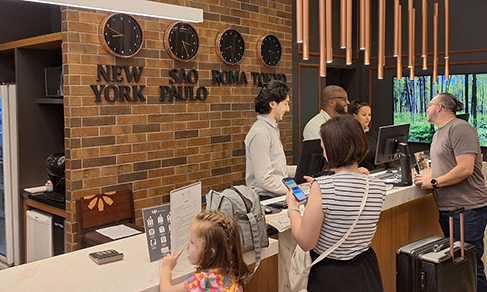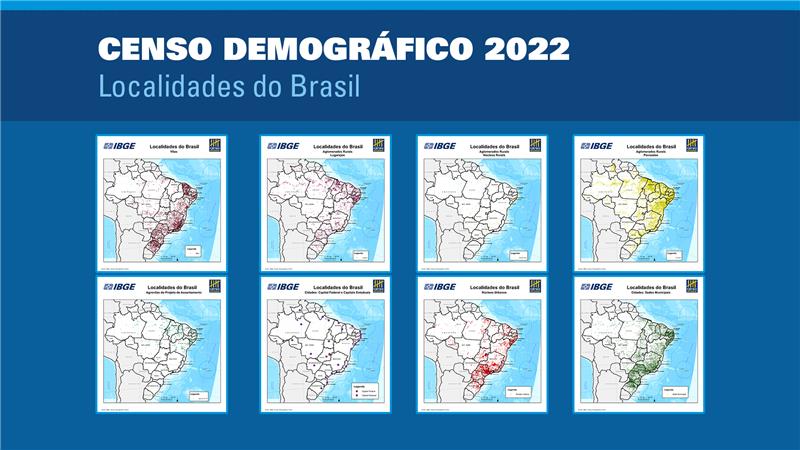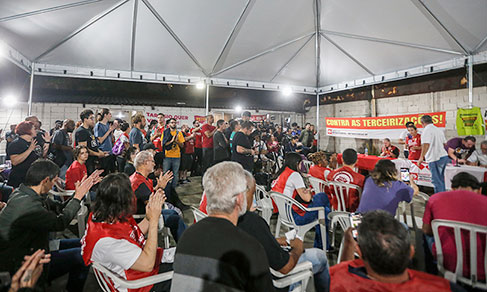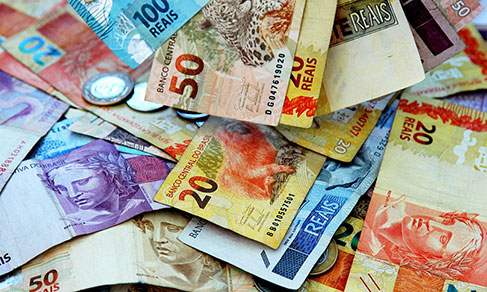IPCA
Inflation reaches 0.83% in May, highest rise for May in 25 years
June 09, 2021 09h00 AM | Last Updated: June 10, 2021 02h46 PM

Pressed by the rise in electricity, the inflation reached 0.83% in May, the highest rate for May since 1996, when it hit 1.22%. The result also stayed above the rate of 0.31% recorded in April. As a result, the index accrued a rise of 3.22% in the year and of 8.06% in the last 12 months. The data are from the Extended National Consumer Price Index - IPCA, released today (9) by the IBGE.
“The rise of 5.37% in electricity is due to two factors. The first of them is that the red tariff flag level 1 came into force in May, bringing a big difference in relation to the yellow flag, in force between January and April. The other factor is the series of adjustments in the end of April in several energy concessionaires in the entire country,” explains Pedro Kislanov, manager of the survey. The red tariff flag level 1 adds R$4.169 in the electricity fare at each 100 kilowatt-hour consumed.
With the rise in electricity, the group of housing exerted the biggest impact on the overall index (0.28 p.p.) and also posted the highest change (1.78%). The group also suffered the impact of the rises in water and sewage fees (1.61%), bottled gas (1.24%) and piped gas (4.58%). Besides housing, the other eight groups of products and services surveyed registered inflation in May.
The second biggest impact on the index came from the group of transportation (0.24 p.p.), which increased 1.15% in May. In this group, the biggest impact came from the rise of 2.87% in gasoline, whose prices had retreated 0.44% in April. “Two reductions in the price of gasoline in the refineries in the end of March caused that retreat in April, but they were followed by other adjustments that reached the final consumers,” says the researcher. Other products in that group had their prices increased, like vehicular gas (23.75%), ethanol (12.92%) and diesel fuel (4.61%).
In the group of health and personal care, which increased 0.76% in May, the biggest contribution came from pharmaceuticals (1.47%), whose prices decelerated over April (2.69%). From April 1st onwards, and adjustment of up to 10.08% in the prices of medicines was authorized, depending on the therapeutic class and profile of the competition.
“That adjustment is usually made in the beginning of April. So, the rise in pharmaceuticals is expected in April and May, since it is usually applied in these two months. Depending on the medicine, the adjustment can reach 10.08%, which was authorized by the Drug Market Regulation Chamber - CMED. It does not mean that retail prices are exactly that one,” states him.
The group of food and beverages, which had already rose 0.40% in April, registered deflation of 0.44% in May. The prices of food at home decelerated (0.23%) over April, when they had risen 0.47%. That deceleration was especially caused by the drop in the prices of fruits (-8.39%), onions (-7.22%) and rice (-1.14%). On the other hand, meat (2.24%) continue to rise and it accrued an increase of 38% in the last 12 months.
For Kislanov, the increase in meat is one of the factors that explain why eating out became more expensive. Food away from home rose 0.98% in May and it had risen 0.23% in the previous month. The rises in snacks (2.10%) and meals (0.63%) contributed to that increase. Both items had their prices dropped in April.
“One of the reasons that can explain that behavior in food away from home is the increase in costs, due to the rise in the prices of proteins. Whenever eating out, components like bread, meat and rice are usually more consumed than, for example, fruits. Another aspect is the potential increase in demand. April was a month in which the restriction measures were reinforced. As May represented a relaxation, it may have influenced the increase in demand,” says Kislanov.
The group of household articles rose 1.25%, the second highest change in the overall index. That increase is mainly due to the change in the prices of items TV, sound systems and computers (2.16%), which had already risen in April (0.63%), and household appliances and equipment, which rose 1.04% after retreating 0.30% in the previous month.
All the areas surveyed by the IPCA recorded inflation in May. The highest change was reported in the metropolitan area of Salvador (1.12%), which was mainly impacted by the rise in the prices of gasoline (8.43%) and electricity (10.54%). The lowest change was registered in Brasília, which recorded inflation of 0.27%, influenced by the drop in the prices of airfare (-37.10%) and fruits (-10.68%).
“A combination of factors led to the increase of 0.83% in May. Firstly, energy increased and, at the same time, gasoline, which had fallen in April, increased once again. The increase in the prices of medicines within the group of health and personal care also impacted, as well as a recovery in the sector of wearing apparel. All those factors contributed to this result,” explains Kislanov.
INPC rises 0.96% in May
The National Consumer Price Index - INPC rose 0.96% in May, above the April´s figure, when it had recorded 0.38%. The May´s figure is the highest one for this month since 2016, when it registered 0.98%. The index accrues a rise of 3.33% in the year and of 8.90% in 12 months. The rate had been -0.25% in May 2020.
Kislanov explains that the impact of electricity is higher in the INPC (0.28 p.p.) than in the IPCA (0.23 p.p.), which can justify the higher change of the index. “Electricity has a very big weight among the lower income households. In addition, the increase in gasoline (0.15 p.p.) and meat (0.09 p.p.) also weighted,” says him.
Food products rose 0.53% in May, whereas they had recorded 0.49% in the previous month. Non-food products rose 1.10% after changing 0.35% in April.
All the areas surveyed recorded inflation in May, highlighted by Salvador (1.25%), which was impacted by the rises in electricity (10.63%) and gasoline (8.43%). The lowest index was reported in Brasília (0.41%), influenced by the drop in the prices of airfare (-37.10%) and fruits (-11.63%).
More about the survey
The National System of Consumer Price Indexes - SNIPC produces the IPCA, which aims at measuring the inflation of a whole set of products and services traded in the retail, related to the cosnumption of households.
Today, the target population of the IPCA includes households with income between 1 and 40 minimum wages, whereas that of the INPC includes households with income between 1 and 5 minimum wages, living in urban areas of the regions under the scope of the SNIPC: metropolitan areas of Belém, Fortaleza, Recife, Salvador, Belo Horizonte, Vitória, Rio de Janeiro, São Paulo, Curitiba, Porto Alegre, as well as the Federal District and the municipalities of Goiânia, Campo Grande, Rio Branco, São Luís and Aracaju. Please access the data on Sidra.


















